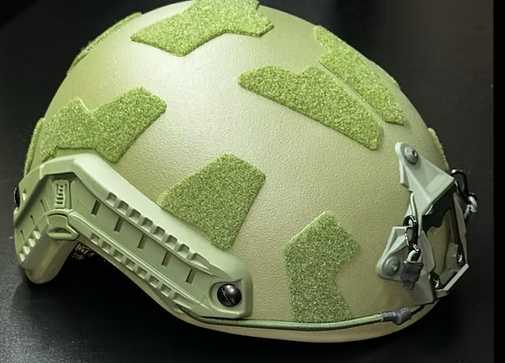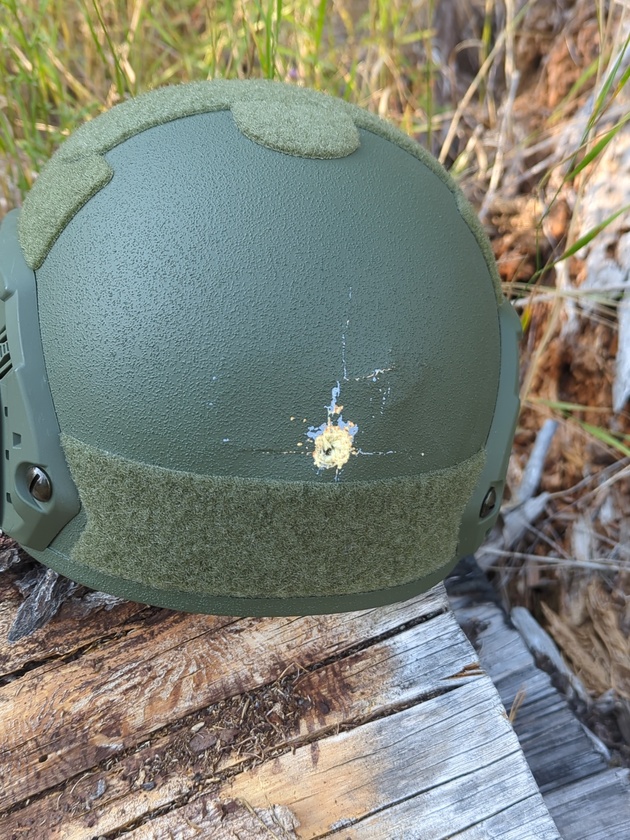Earlier this month, I hosted K from Combat Studies Group. He held a GroundRod Level 1 course here at Camp Ponderosa. A good number of guys came and we learned a ton about digital privacy and how to defeat the surveillance state. The guys loved the location here as well as K's outstanding content.
A few weeks ago, NC Scout said during a podcast that if you can only afford to take one class this year, you should start with GroundRod. He is 100% correct. Tightening up your digital tradecraft and reducing your online footprint is worth far more than K charges.
Normally, this is where I'd say you need to be a paid subscriber to learn more, but I feel like this is so vital and I'd like to convince others to sign up as monthly supporters. Consider this a free preveiw of the types of studies, analysis, and reviews that we do over here. It's worth the $5 a month. We do video training, intelligence reporting and analysis, and reviews of books, gear, and classes.
I'm not going to give away any of K's content, but we are going to go over some of the topics.
The course series (4 classes) covers information security, communications security, personal security, escape & evasion, and tradecraft. GroundRod 1 is concerns with the first two, as well as digital tradecraft. K drew an interesting Venn diagram highlighting that the class covers the intersection of privacy, security, and anonymity.
We talked about the threat environment involving not just government activity, but also corporations and criminals. An interesting note is that the Five Eyes countries use each other's intelligence agencies to get around restrictions against spying on citizens, ala Chris Steele and Donald Trump.
K covered common attack surfaces, including lesser-known ones like "juice jacking" where when you plug in your phone to a public charging cable at a coffee shop or airport, criminals withdraw the data on your phone. K gave specific countermeasures for that.
K offered up ways to secure your home router, ways to stay safe on public internet, and how to reduce the amount of "pattern of life" data you emit, enabling survielllance of yourself. That backs up what NC Scout teaches when he talks about building a pattern of life on SIGINT targets.
The class covered more secure operating systems that you can boot from a USB drive to better protect your data and your browsing, to hide that pattern of life data. It also covered basic and advanced methods of cryptology as well as some advanced steganography.
Everyone in the class built their own Operating System flash drive and encrypted vault memory systems.
The course covered a lot of great digital fieldcraft like how to hide or research metadata in files, how to trace emails, and how specifically internet traffic is routed, so that you can game that system. Once you know how traffic is routed, how DNS servers work, and how MAC addresses work, you can then develop a strategy to work around the tracking protocols that are built into the system.
K gave his advice on good VPN services as well as which ones to avoid.
Some of the more in-the-weeds stuff was how to set up your browsers internal settings to maximize privacy and reduce tracking. It's a lot of tech nerd stuff but absolutely vital as things progress here in the Western nations.
We went over various search engines and chat services, discussing merits of them. For example, we learned that despite their public statements, Duck Duck Go isn't really private at all. And, as I keep saying, K pointed out that Signal has no place in partisan activity.
K finally was able to break through my reluctance to using crypto. He went over the blockchain entirely and expalined that most of it isn't as completely anonymous as they claim, but it is anonymous enough to make tracking hard. He went over which coins were more secure and which were not safe.
There was much more in the class, including the tracking of your vehicle by the manufacturers and how to defeat license plate readers.
I highly recommend taking this class if it is offered anywhere near you.
GroundRod 2, which we have scheduled here at Camp Ponderosa for January 18-19, is a continuation of these topics. You can register at CSG Calendar.
GroundRod 3 and 4 deal with the physical security skills of escape and evasion, kidnap resistance, and tradecraft.
Get trained and learn how to reduce your attack surfaces.


















